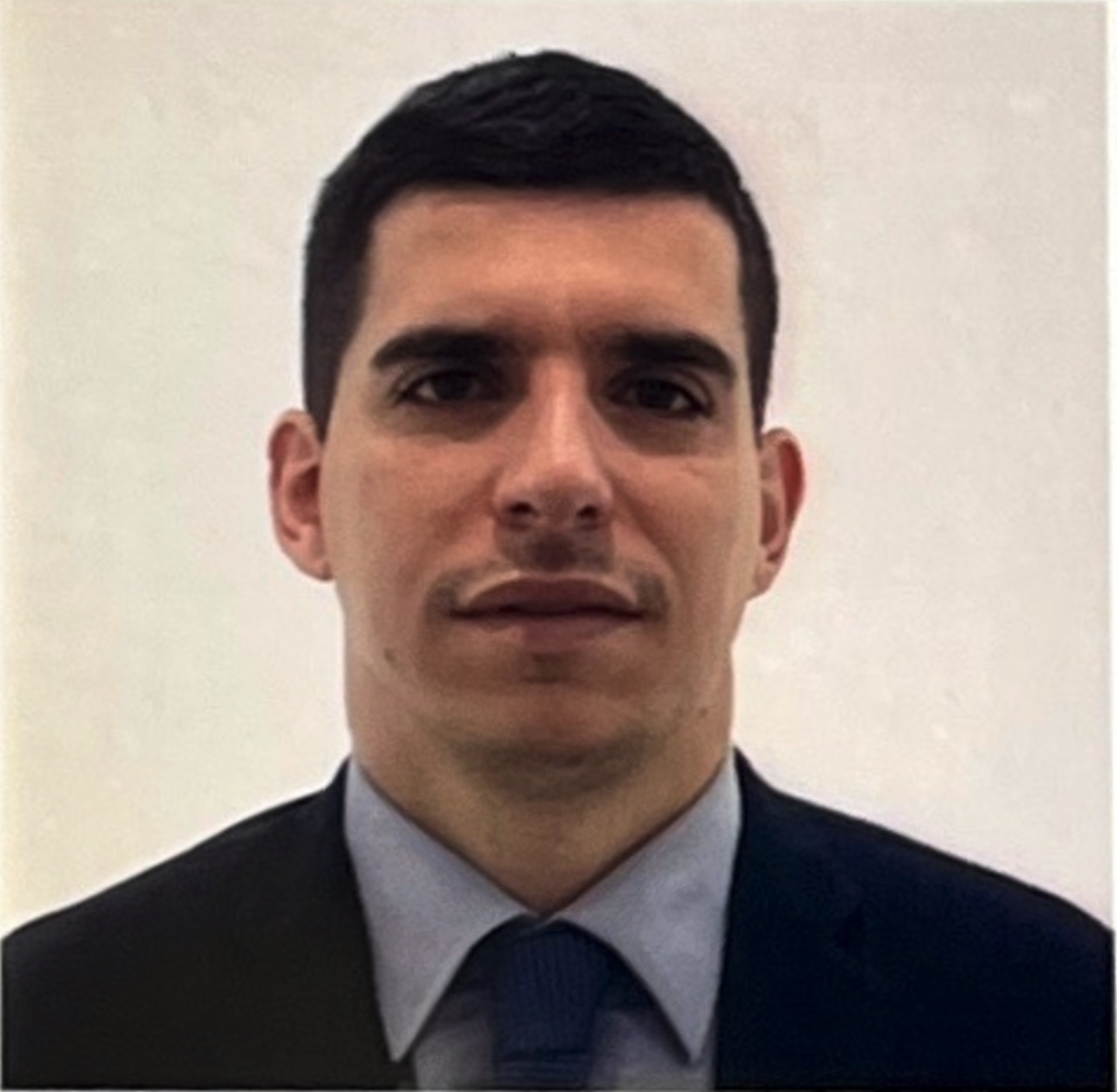Description
INTRODUCTION
There is a lack of specific research focusing on return to soccer after anterior cruciate ligament (ACL) repair
The aim of this study was to evaluate RTS in a cohort of amateur soccer players who had undergone primary ACL repair. The hypothesis was that that most of these soccer players would be able to resume sports at levels comparable to their pre-injury state.
METHODS
A retrospective review of all patients who had undergone acute (within 14 days from injury) primary ACL repair between January 2018 and July 2021 was conducted. Inclusion criteria included amateur soccer players who, at the time of injury, had a preoperative Tegner score of 7 or higher, indicating intense knee sports activity. Patients were examined on an outpatient basis or contacted to complete patient-reported post-operative outcomes (PROMs) scores, namely the Knee Injury and Osteoarthritis Outcome Score (KOOS) and the International Knee Documentation Committee (IKDC), and report time back to sports. They were also asked to complete the ACL-RSI scale and the Forgotten Joint Score - 12 (FJS-12).
RESULTS
The ACL repair failure rate was 16% (8/50). In the multivariate analysis, factors such as age, gender, preoperative and postoperative Tegner scores, preoperative Pivot shift grade, and postoperative ACL RSI score were considered as possible risk factors for rupture. The only significant risk factor for developing an ACL repair failure that emerged from multivariate analysis was patient age of 21 years or younger (odds ratio = 5.45; confidence interval 1.24- 27.91; P = 0.041).
CONCLUSION
90% of patients who underwent ACL repair returned to playing sports and 78% returned to playing soccer. Those who returned to playing soccer included 94.9% who returned to the same pre-injury level. Patients who returned to the same pre-injury level were younger and scored better on the ACL-RSI. The failure rate of ACL repair at 2-year follow-up is 16% (n=8), with failures mainly occurring in patients aged 21 or younger . Age of 21 years or younger was the only significant risk factor for developing an ACL repair failure.




